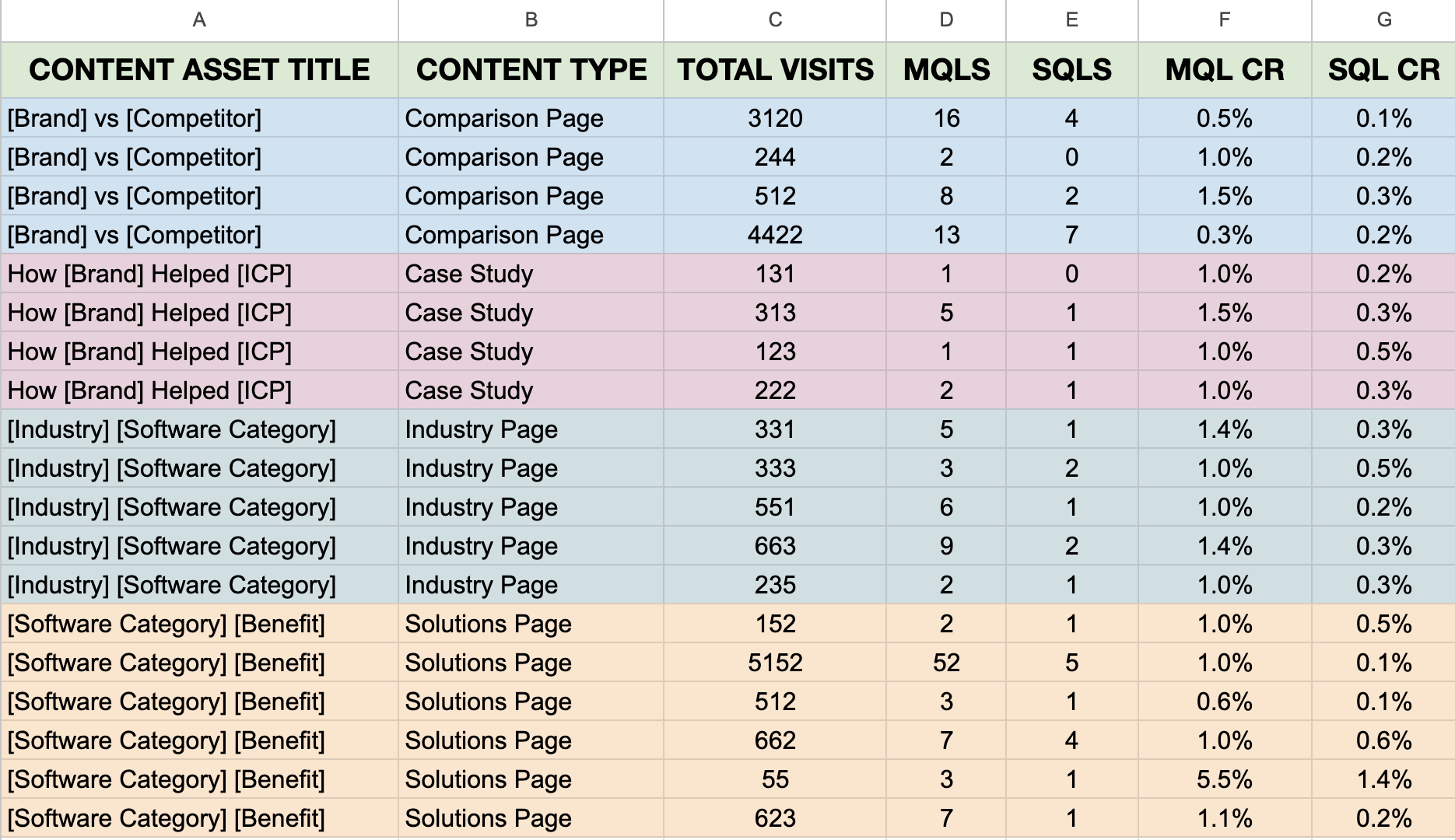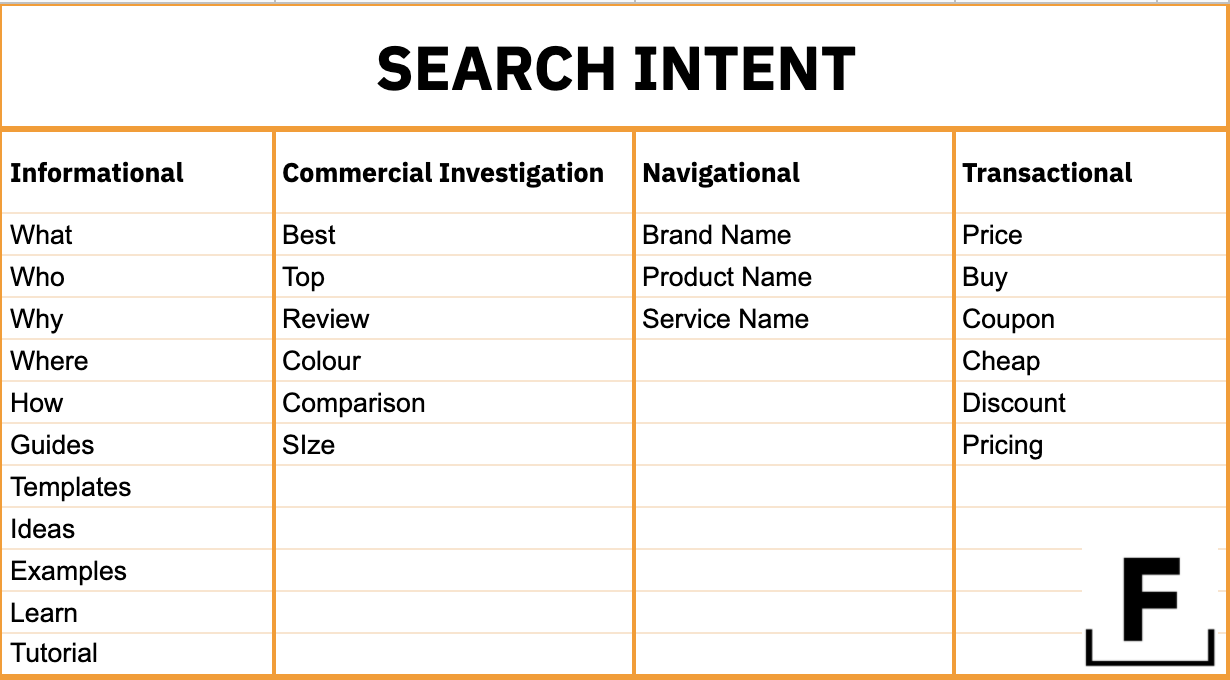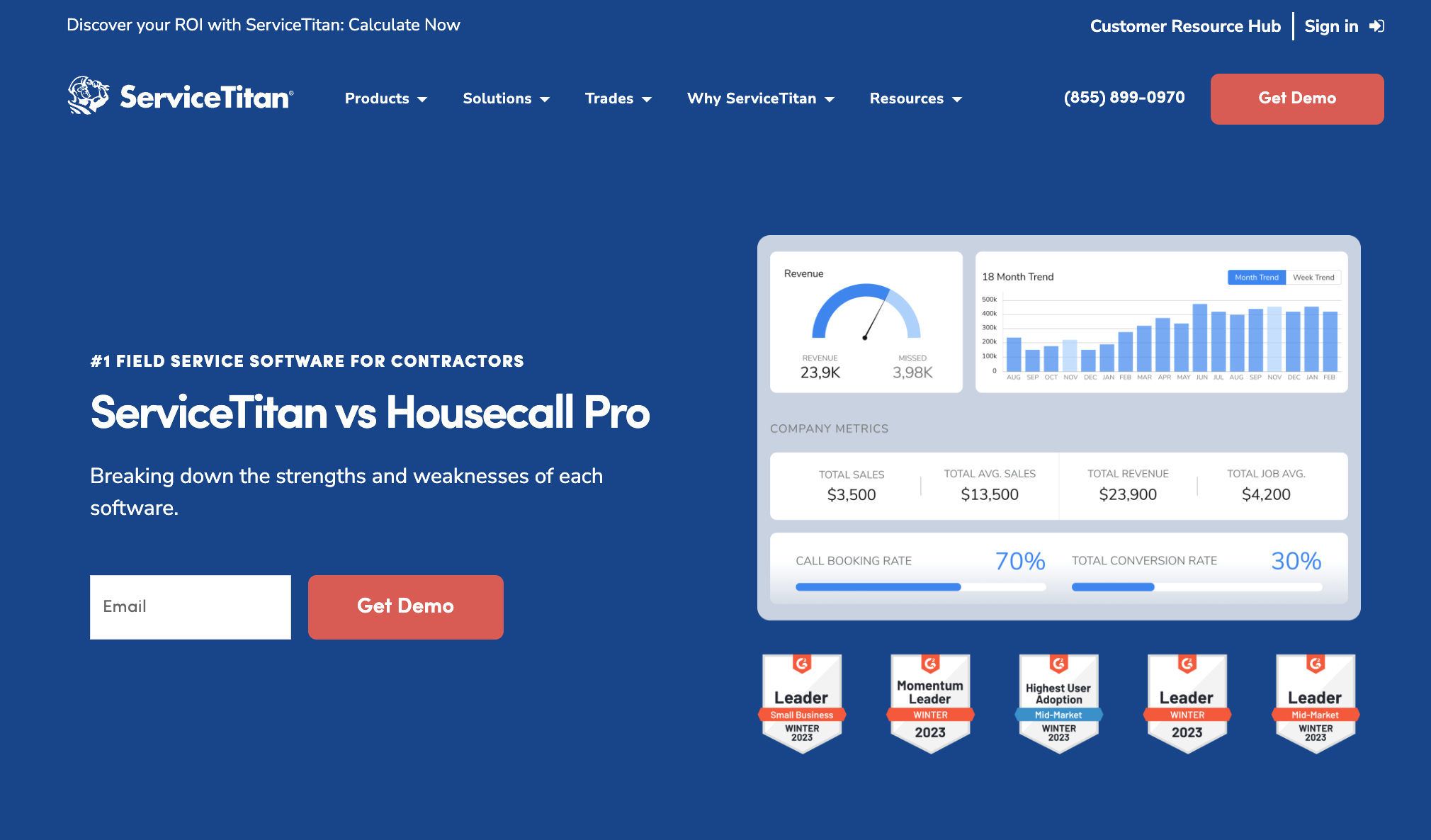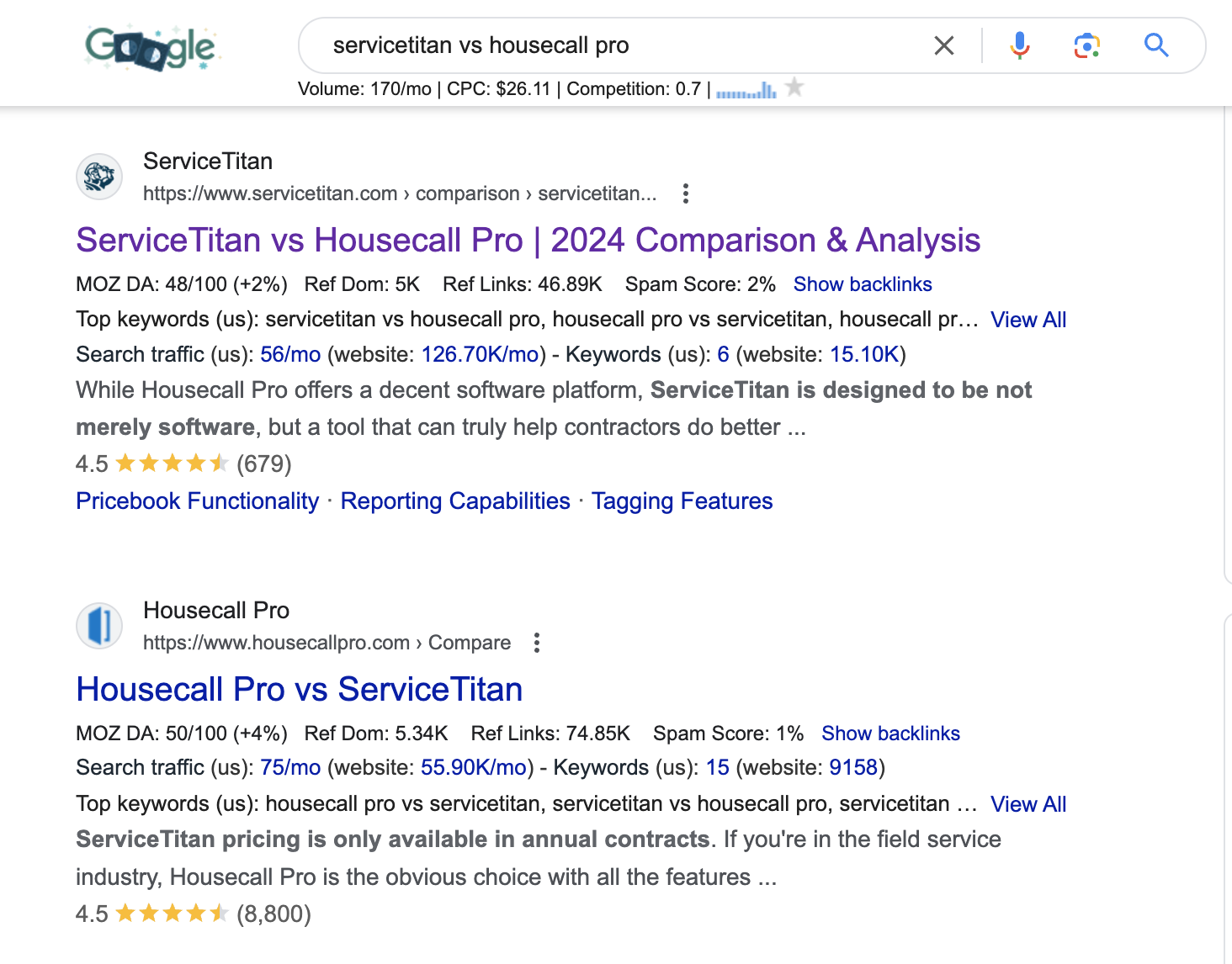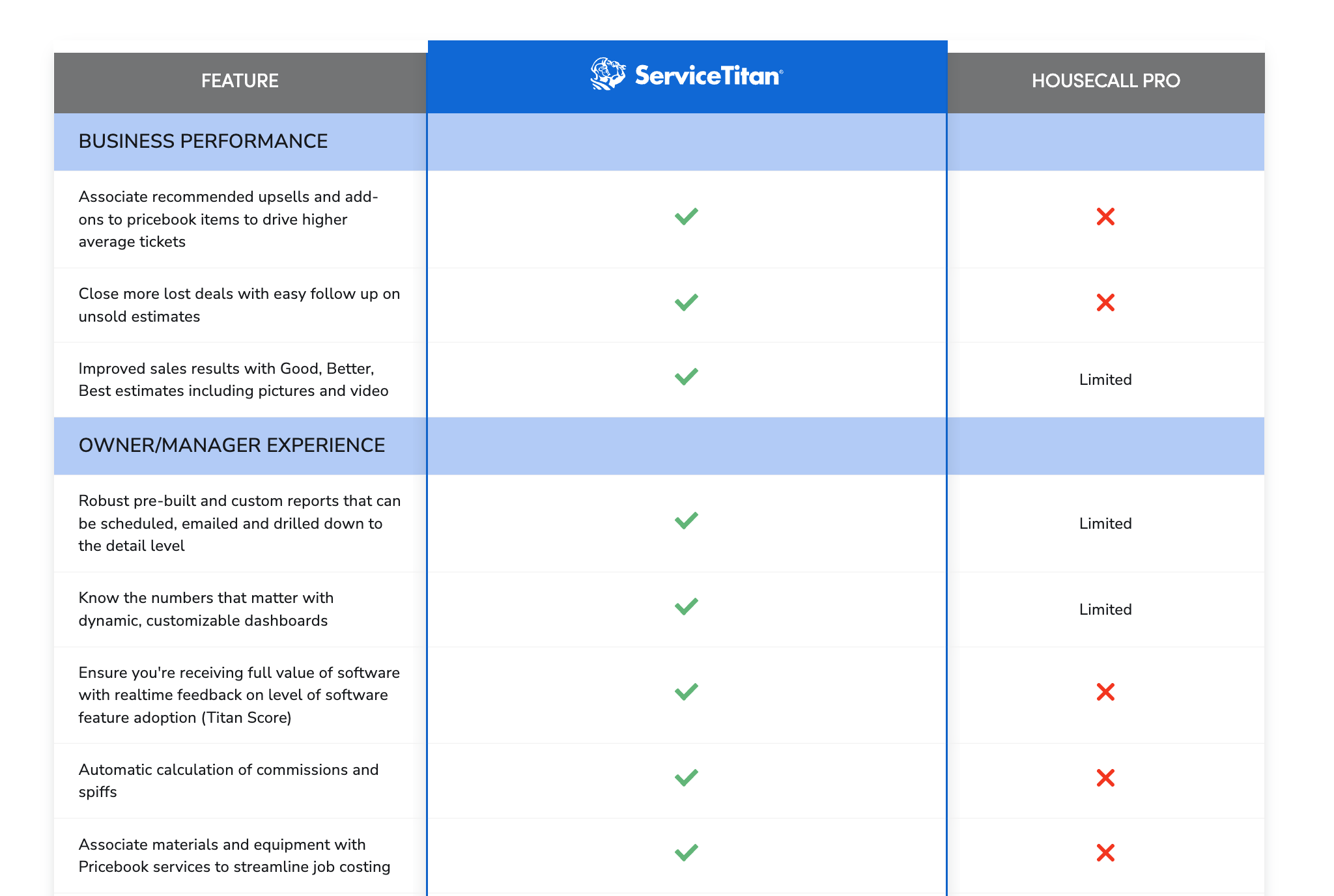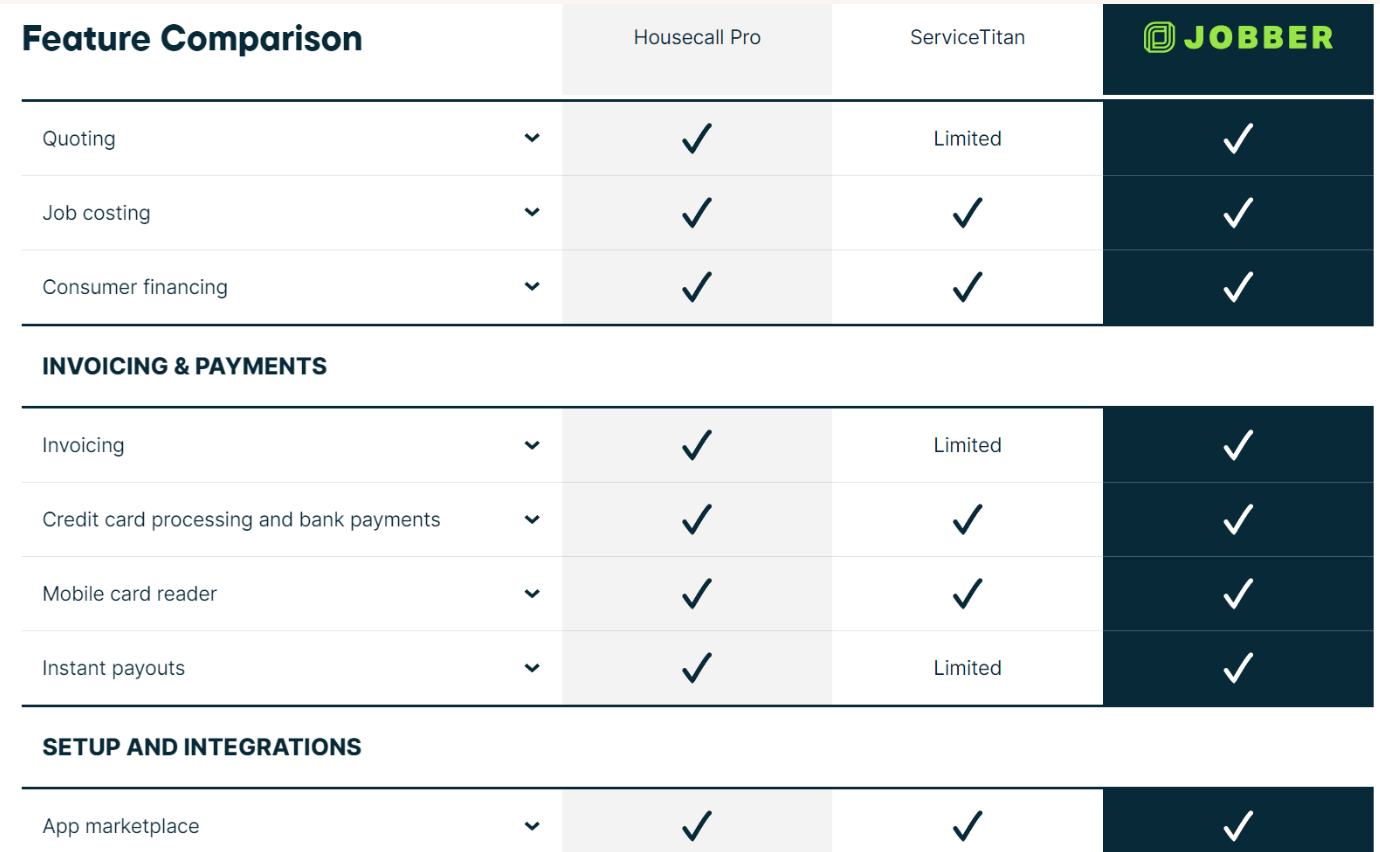What Is BoFu (Bottom Of Funnel)?
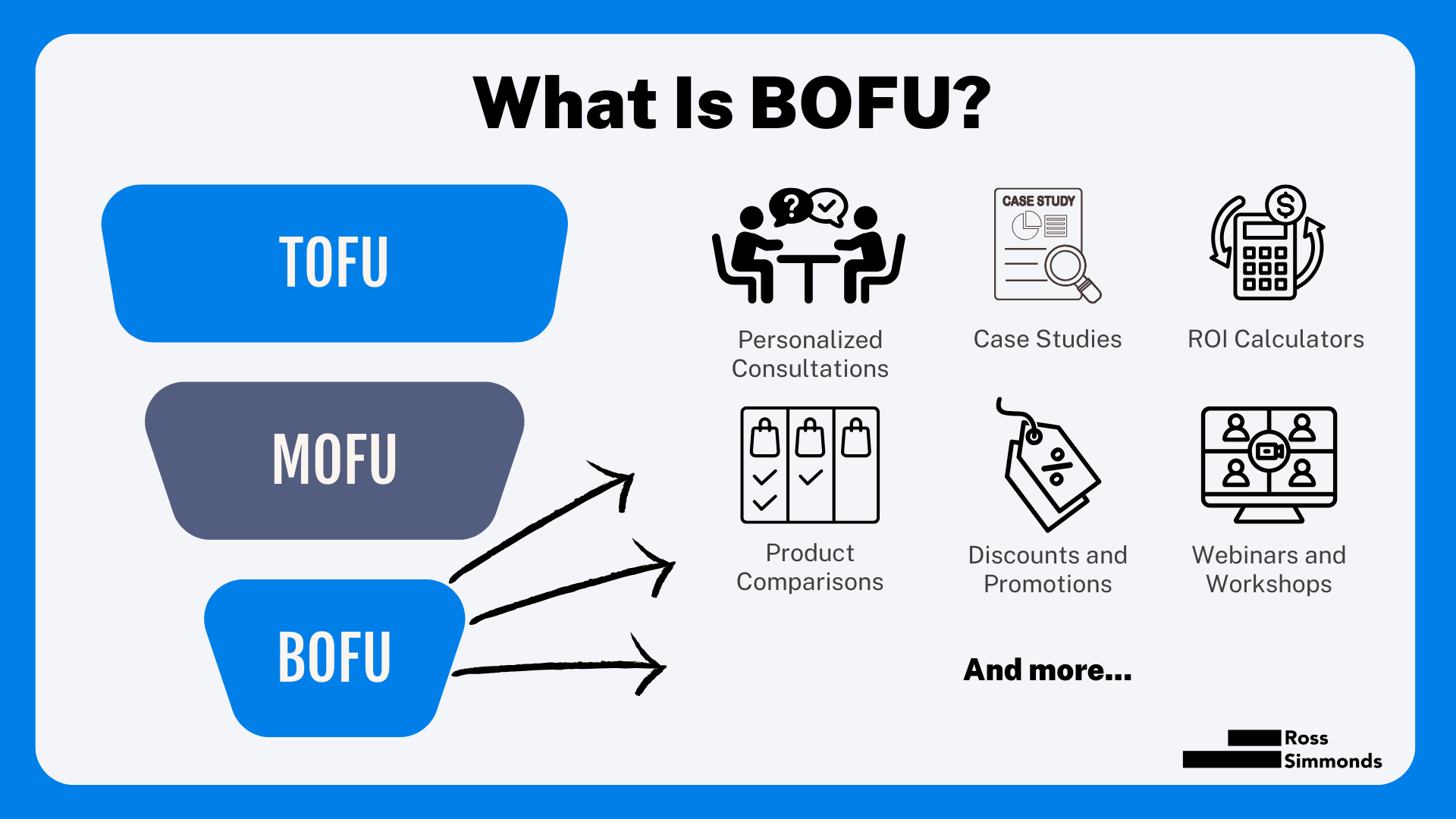
Bottom of Funnel (BoFu) content is designed for the purchase stage of the buyer’s journey, reflecting the lower part of a sales funnel. This stage involves targeted marketing actions, such as consultations and live demos, to engage potential customers effectively. BoFu content is specifically tailored to address the needs and concerns of individuals who are ready to make a purchase decision.
At this point in the buyer’s journey, potential customers have already gone through the awareness and consideration stages. They are aware of their problem or need, have considered different solutions, and are now looking for the best option to solve their problem.
The Most Common Types Of BoFu Techniques
At this stage of the sales funnel, prospects are well-informed about how their challenges can be addressed. Therefore, your Bottom-of-Funnel (BoFu) strategies should focus on demonstrating why your offering is superior to competitors’. Unlike Top-of-Funnel (ToFu) and Middle-of-Funnel (MoFu) approaches, BoFu relies less on content and more on actions that effectively persuade potential customers to make a purchase. One of the most impactful BoFu techniques is offering a free trial, as it allows prospects to experience firsthand how your product or service resolves their issues without any commitment.
Guiding them through various aspects of using the solution and encouraging questions or feedback further strengthens the sales relationship. While free trials are traditionally associated with software and digital products, live demos—conducted in person or via video—can be effective for any type of offering. Live demonstrations provide an excellent opportunity to address contextual questions, such as technical or maintenance inquiries, and to highlight specific features or functions that the prospect may find valuable. Even as discussions become more sales-focused, remember that the prospect ultimately decides when they’re ready to buy.
Here’s an example of some techniques and BOFU (Bottom of Funnel) assets that can be developed:
- Free Trials: Allow prospects to use your product or service for a limited time without commitment.
- Live Demos: Provide real-time demonstrations of your offering, either in-person or via video conferencing.
- Personalized Consultations: Offer one-on-one sessions to address specific needs and questions.
- Case Studies: Showcase detailed examples of how your product or service solved problems for other customers.
- Customer Testimonials: Share positive feedback from satisfied clients to build trust.
- Product Comparisons: Highlight how your offering stacks up against competitors in terms of features and benefits.
- Discounts and Promotions: Provide special offers, such as limited-time discounts or bundled packages.
- ROI Calculators: Offer tools that help prospects calculate the return on investment they can expect.
- Free Assessments or Audits: Conduct evaluations to show prospects the specific value you can provide.
- Product Spec Sheets: Provide detailed information about product features, specifications, and technical details.
- FAQs and Knowledge Bases: Address common questions and concerns to remove purchase barriers.
- Interactive Product Tours: Let prospects explore your product through guided, interactive experiences.
- Webinars and Workshops: Host educational sessions focused on advanced features or industry-specific solutions.
- Customized Proposals: Develop tailored proposals that meet the unique needs of each prospect.
Understanding The Funnel TOFU through BOFU
Imagine you’re shopping for something new—maybe a gadget or a service—and you notice there’s a journey you go through before making that final decision.
That’s essentially what the marketing funnel is all about, and it’s broken down into three stages: Top-of-Funnel (ToFu), Middle-of-Funnel (MoFu), and Bottom-of-Funnel (BoFu). Each stage represents a different phase in the customer journey, and understanding them helps businesses connect with you more effectively.
At the Top-of-Funnel, you’re just becoming aware of a problem or a need. Maybe you read an interesting article or saw a compelling post on social media that grabbed your attention. Businesses at this stage aim to inform and engage without pushing a hard sell—they’re offering valuable content to pique your interest. Moving into the Middle-of-Funnel, you’re actively considering your options. You’re doing research, comparing different solutions, and looking for more detailed information. This is where companies provide in-depth guides, webinars, or case studies to help you evaluate your choices.
Finally, at the Bottom-of-Funnel, you’re on the verge of making a decision. You’ve done your homework and just need that final push. Businesses focus on showing you why their product or service is the best fit, often through free trials, live demos, or personalized consultations. It’s all about making it easy for you to say “yes” and feel confident in your choice.
Top of the Funnel (TOFU):
At this stage, the reader may or may not be aware of their needs. Let’s use design software as an example of the product you’re working on and attempting to capture traffic for. They’re likely seeking inspiration, ideas, or general information. Common search phrases might include “creative presentation ideas,” “best graphic design tips,” or “what are the best graphic design tools.”
Examples:
- Presentation design inspiration
- How to create engaging social media posts
- Graphic design ideas for beginners
These keywords indicate the user is looking for broader, inspirational content and exploring what’s possible in design as a concept. The majority of content that covers “what is” topics and are definition based are keywords that go after top of funnel queries and search terms.
Middle of the Funnel (MOFU):
At this point, the reader has done some research and they likely recognize their design challenges and are actively looking for solutions. They’re doing research and seeking more educational content like how-to guides, templates, and design tutorials. Keywords might include “how to create a marketing flyer,” “best infographic templates,” or “Canva vs Photoshop.”
Examples:
- How to design a flyer for a small business
- Canva tutorial for beginners
- Infographic templates for marketing
At this stage, users are more familiar with their needs and are exploring specific tools.
This Canva SEO case study that I wrote a few years back is a great one for understanding the role of search intent.
Bottom of the Funnel (BOFU):
At this point, the reader is ready to take action and is comparing specific options. They are deciding which tool or service to use for their project. Keywords might include “Canva pricing,” “Canva Pro vs Free,” or “best design software for non-designers.”
When someone searches for “Canva Pro pricing,” they are likely evaluating whether to upgrade or choose Canva as their design tool, which is why BOFU content often leads to conversions. Although buyers don’t always follow a linear path, the funnel helps segment audiences and streamline content creation by targeting specific stages of the customer journey.
We’ve seen this pattern with our clients at Foundation time and time again.
It’s important to note that high traffic doesn’t always equal more leads.
In fact, many top-performing articles in terms of leads had fewer than 200 monthly visitors. This highlights that intent behind a keyword is more important than sheer volume when targeting potential customers who are close to making a purchase.
And it’s why focusing solely on HUGE traffic volume can miss the mark in terms of conversions and leads. It’s critical to create content aimed at driving business results rather than just increasing traffic. I recently broke this down a bit deeper in my piece about high volume vs low volume keywords.
Next, we’ll dive into why BOFU content is crucial and how it can directly impact your conversions.
Let’s get into it…
Why is BOFU important?
Marketers over prioritize content that generates hundreds of shares, hundreds of links and thousands of visits. I get it..
This type of content wins all the awards at Cannes. But here’s the truth:
Bottom of funnel content makes the cash register go ching, ching…
It’s this content that can truly move the revenue needle the most. It might not be sexy. It might not be flashy. But it’s important to remember including this content in your mix.
At Foundation, a digital marketing agency that has supported the development of BOFU content for some of the top brands in the world, reports are created regularly to show how BOFU content is influencing the bottom line. Here’s a templated / anonymized example to give you a sense of how this type of content translates into ROI in the form of MQLs and SQLs:
Looking at this chart, the impact of BoFu content becomes clear. Each content asset type—from comparison pages to case studies—drives measurable outcomes in the form of Marketing-Qualified Leads (MQLs) and Sales-Qualified Leads (SQLs). For example, while a comparison page might not rack up as many visits as a viral blog post, it delivers a steady stream of MQLs and SQLs, helping to guide prospects closer to making a purchase decision.
Take the solutions page as an example. Despite its modest traffic, its MQL conversion rate of 5.5% significantly outperforms broader ToFu content, proving that BoFu content is about quality over quantity. These are the pieces of content that resonate most with prospects who are already deep into their decision-making process, answering their final questions and reducing purchase friction.
The lesson here is simple:
BoFu content might not get the social shares or the buzz that other types of content do, but it’s critical to the success of any demand-generation strategy. It’s the bridge between interest and action, where your leads stop being just numbers in your analytics tool and start becoming actual customers. That’s why investing in BoFu content is non-negotiable for businesses serious about driving revenue.
It makes sense.
Let’s think about search intent and how different the goal of someone typing in an informational query is vs someone typing in a commercial query:
Someone who is looking for information like “What is a CRM” is very different than someone looking for “Best CRM”. It’s a slight difference in terms of the words used but it’s a very important one when you think about the psychology behind the query.
The total number of people looking for “What is a CRM” is going to be significantly higher than “Best CRM” because the definition of CRM is going to be relevant to anyone who hears the acronym for the first time and now wants to understand what it means. On the flipside, the person who types in “Best CRM” is very likely to be someone who has an interest in finding the best CRM for their business. That’s more BOFU-esque content.
Another great example of BOFU content is when brands create comparison pages. Comparison pages help brands stand out from their rivals by offering clear, direct comparisons of product features. More importantly, they help brands capture valuable Search Engine Results Pages (SERP) real estate.
Let’s say you plugged “Salesforce vs Hubspot” into a SEO tool like SEMRush or Ahrefs, you’ll see that the organic traffic is low compared to “What is CRM”. Does that mean creating a comparison page is not worth creating? Absolutely not…
These BOFU comparison pages (as seen in the templated report above) drive a TON of MQLs and SQLs. That’s why it’s so important to measure the effectiveness of each piece of content and to track the business results of individual articles, rather than the channel as a whole. If not, you could end up investing a lot into the wrong type of content (e.g. “What is CRM”) which won’t get you the business results you were hoping for (especially if you’re not in a position where your site authority can compete with Salesforce or Hubspot).
Let’s get a bit more tactical.
The team at ServiceTitan published a page that is dedicated to targeting the people who are trying to compare ServiceTitan and Housecall Pro:
The page is well optimized with the call to action to “Get A Demo” right at the top of the page and then five banners from G2. The people who visit this page with high intent are immediately able to learn about the differences and get a demo (which drives to sales). This is the dream.
Not convinced the dream is real?
The total search volume for this comparison query is roughly 170 a month and brands are willing to pay up to $26 CPC per click:
Why do you think they’re willing to pay that much?
It’s because these pages drive a significant amount of revenue and high quality results. When the pages are optimized well, the ROI is significant. One of the best ways to ensure that the landing pages drive ROI is to showcase actual comparisons between the two products directly on the page.
Here’s an example of the type of comparison chart used on the Service Titan pro page:
It’s not just them doing this either.
The team at Jobber created a page that does something similar:
The BOFU strategy is a HUGE opportunity and a lot of brands are still sleeping on it.
One of the main concerns that marketers have around developing these pages are the legality of writing about other products and the fear that comes with a cease and desist.
When creating comparison pages, it’s crucial to balance effective marketing with ethical and legal practices to avoid potential legal disputes.
Here are 4-5 best practices to ensure your comparison pages are both impactful and compliant:
- Use Accurate and Verifiable Data: Always base your comparisons on factual, publicly available information. Pull data directly from competitors’ websites, user reviews, or trusted third-party sources. Avoid making exaggerated or unverifiable claims that could be perceived as misleading or defamatory.
- Be Objective and Fair: Present balanced comparisons, highlighting both strengths and potential limitations of your offering alongside your competitors’. Avoid framing the content in a way that could be interpreted as disparaging or biased. Transparency builds trust with your audience and reduces legal risk.
- Avoid Trademark Misuse: While it’s generally acceptable to use competitors’ names in a comparative context, avoid using their logos, branded images, or taglines. Clearly state that the trademarks belong to their respective owners, and use them only in a factual, non-deceptive manner.
- Provide Proper Disclaimers: Include a disclaimer at the bottom of the page or in relevant sections, stating that the comparisons are based on publicly available information and are intended for informational purposes only. This helps mitigate potential disputes over inaccuracies.
- Consult Legal Counsel for Sensitive Comparisons: If you’re targeting high-profile competitors or creating content that involves complex claims, it’s wise to have your page reviewed by a legal expert. This ensures your content is compliant with advertising laws, such as the Lanham Act in the U.S. or similar regulations in other jurisdictions.
Remember:
We’re not just trying to get traffic.
We’re trying to get customers and sales.
Finding the balance between top of funnel and bottom of funnel content is important:
How do you create BOFU content?
The process for creating BOFU content is one that marketers should master.
It’s one of the best ways to have an impact on the businesses bottom line and influence dealflow.
Creating Bottom-of-Funnel (BoFu) content requires a strategic and thoughtful approach because this content is designed to convert highly qualified leads into customers. Here’s an overview of the process for developing effective BoFu content:
1. Understand Your Audience’s Intent
At the BoFu stage, prospects are no longer casually browsing—they are ready to make a decision but may need a final nudge. Start by analyzing the pain points, objections, and questions these prospects are likely to have. Tools like customer surveys, sales team insights, and intent-based keyword research (e.g., terms like “best [product]” or “compare [product A] vs [product B]”) can help identify their needs and priorities. This ensures that your content directly addresses the concerns of prospects at this critical stage.
2. Choose the Right Content Formats
BoFu content is about closing the deal, so focus on formats that drive action. Common BoFu content types include comparison pages, BOFU blog posts, product demos, free trials, case studies, success stories, and ROI calculators. These formats help prospects envision how your solution will solve their specific challenges. For instance, a comparison page can highlight key differentiators between your product and competitors, while a live demo provides a hands-on experience that builds confidence in your offering.
3. Prioritize Clarity and Persuasion
BoFu content should provide concise, persuasive, and actionable information. Use clear calls to action (CTAs) like “Get a Demo,” “Start Your Free Trial,” or “Talk to a Consultant.” Support these CTAs with tangible proof points, such as customer testimonials, G2 badges, or statistics showing your product’s impact. At this stage, your content isn’t about entertaining—it’s about delivering the information prospects need to take the next step.
4. Optimize for High-Intent Keywords
Search engine optimization (SEO) plays a key role in BoFu content. Target high-intent keywords like “Best CRM for small businesses,” “ServiceTitan vs Jobber,” or “ROI of [Product].” These terms indicate that the user is actively searching for solutions and comparing options, making them more likely to convert. Ensure that your content is optimized for these terms to capture the attention of decision-ready prospects.
5. Test and Iterate
Once your BoFu content is live, measure its performance to identify what’s driving results. Use metrics like MQLs, SQLs, and conversion rates to evaluate success. Heatmaps and user session recordings can provide insights into how prospects interact with your pages, highlighting areas for improvement. Continuously refine your content to address objections, improve CTAs, and maximize conversion rates.
6. Align Content with the Sales Team
Lastly, collaboration with your sales team is critical for BoFu content. They are often the ones interacting directly with prospects and can provide valuable insights into common objections, FAQs, and decision-making behaviors. Use this feedback to ensure your BoFu content addresses these pain points, making the transition from marketing to sales as seamless as possible.
How do you report the results from your BOFU efforts?
Bottom-of-Funnel (BoFu) content often works behind the scenes, quietly driving the leads that turn into customers and fueling the revenue that keeps your business growing.
But unlike top-of-funnel content, which can be easily measured by metrics like traffic and shares, the success of BoFu content can feel less obvious at first glance. That’s why it’s so important to go beyond vanity metrics and focus on measurable actions that demonstrate its impact.
When done well, BoFu content doesn’t just attract clicks—it converts interest into action. Whether it’s a comparison page leading to a demo request or a case study helping close a deal, BoFu content is where the real ROI of your marketing strategy shines. The question is: how do you prove it?
Let’s break down the key ways to measure and showcase the tangible results of your BoFu efforts.
1. Track MQLs and SQLs
BoFu content is designed to capture high-quality leads who are closer to making a purchasing decision. Measure the number of Marketing-Qualified Leads (MQLs) and Sales-Qualified Leads (SQLs) generated by your content. Tools like HubSpot, Pipedrive, or your CRM of choice can help attribute these leads to specific BoFu assets, such as comparison pages, case studies, or product demos. For example, if a comparison page converts 5% of its visitors into SQLs, it’s a clear indicator of its role in your sales funnel.
2. Analyze Conversion Rates
One of the most direct ways to prove the success of BoFu content is by analyzing its conversion rates. Look at key actions such as demo requests, free trial sign-ups, or direct purchases that originated from BoFu pages. These actions show that your content is successfully moving prospects from consideration to decision, proving its ROI.
3. Monitor Revenue Attribution
Advanced analytics tools, such as Google Analytics, Attribution Reporting in HubSpot, or customer journey tools like FullStory, can connect revenue directly to BoFu content. By assigning revenue attribution to specific pages or campaigns, you can demonstrate how a case study or industry-specific solution page influenced the final purchase. This data helps illustrate the tangible business value of your BoFu efforts.
4. Use CPC as a Benchmark
If you’re targeting high-intent keywords with your BoFu content, compare the cost-per-click (CPC) of those keywords to the results the content generates organically. For instance, if competitors are paying $20–$30 per click for a “Best CRM for Agencies” keyword, and your organic BoFu page ranks for the same term, you’re saving significant ad spend while driving high-quality traffic. This cost-saving serves as additional proof of the value your BoFu content provides.
5. Collect Feedback from Sales Teams
Your sales team is on the front line, directly interacting with leads influenced by BoFu content. Gather feedback from them to understand how often prospects mention or reference specific content during sales calls. If prospects repeatedly cite a comparison page or success story as a decisive factor, that’s a clear indication of its effectiveness in the buying journey.
6. Track Time-to-Close Improvements
Another way to demonstrate the value of BoFu content is by analyzing how it impacts the time it takes to close deals. High-quality BoFu content answers questions, overcomes objections, and builds trust, potentially shortening the sales cycle. Comparing average time-to-close data before and after implementing BoFu assets can help quantify their impact on sales efficiency.
What should you do from here?
Here’s the bottom line:
- BoFu content is where the magic happens.
It’s the difference between a lead that lingers and a lead that converts. It’s not about flashy traffic numbers or viral shares—it’s about driving real, measurable business results. And that’s what makes it so powerful.
Think about the last time you made a major purchase. You probably weighed your options, dug into the details, and sought out answers to your final questions before making the leap. That’s exactly where your BoFu content comes in—helping your potential customers feel confident, informed, and ready to say “yes.”
So, what’s stopping you?
Start brainstorming your next case study. Build that comparison page your prospects are searching for. Put together a demo that leaves them thinking, “Why didn’t I do this sooner?” The brands that invest in BoFu content are the ones that don’t just attract attention—they close deals.
The best time to start creating BoFu content was yesterday. The next best time? Right now. Let’s go make it happen. The cash register’s waiting. Ching, ching.

